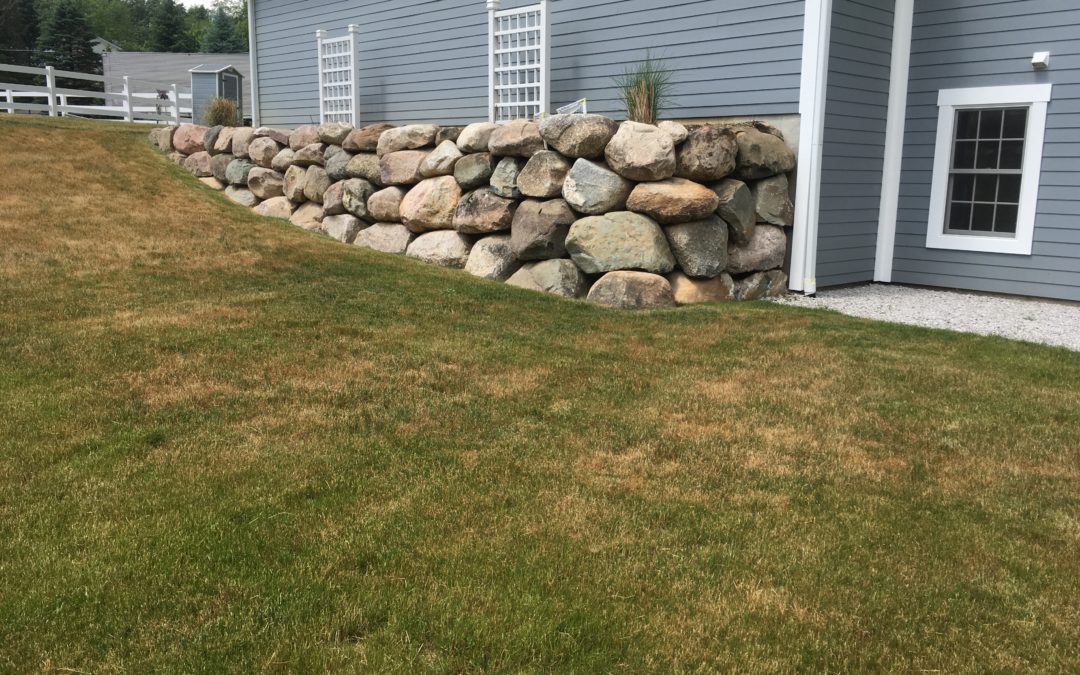A lush, green lawn is the pride of any homeowner, but maintaining its health and vitality can be challenging when faced with common pests and diseases. From invasive insects to fungal infections, lawn pests and diseases can wreak havoc on even the most well-maintained lawns. Fortunately, with proper identification and proactive management strategies, you can effectively deal with these issues and restore your lawn to its former glory. Here’s a comprehensive guide to dealing with common lawn pests and diseases:
Identifying Common Lawn Pests:
- Grubs: Grubs are the larvae of beetles such as Japanese beetles and June bugs. These white, C-shaped larvae feed on grassroots, causing patches of dead or dying grass. Signs of a grub infestation include spongy turf and increased activity from birds, skunks, or other animals digging for grubs.
- Chinch Bugs: Chinch bugs are small insects that feed on grass blades, causing yellow or brown patches in the lawn. They prefer hot, dry conditions and are most active during the summer months. Chinch bugs can be identified by their distinctive red and black coloration and by observing them crawling on the grass blades.
- Sod Webworms: Sod webworms are the larvae of lawn moths and feed on grass leaves, creating small, irregular patches of brown or dead turf. They spin silk webs near the soil surface and are most active in warm weather. Adult moths can often be seen flying close to the lawn at dusk.
- Armyworms: Armyworms are caterpillars that feed on grass blades, leaving behind skeletonized leaves and brown patches in the lawn. They can quickly defoliate large areas of turf, causing significant damage if left untreated. Armyworm infestations are more common in late summer and early fall.
Identifying Common Lawn Diseases:
- Brown Patch: Brown patch is a fungal disease characterized by circular patches of brown, dead grass surrounded by a ring of dark green grass. It thrives in warm, humid conditions and is exacerbated by overwatering or poor drainage. Brown patch is most active during the summer months.
- Dollar Spot: Dollar spot is another fungal disease that causes small, round patches of dead grass with bleached or straw-colored spots. It typically occurs in the spring or fall when temperatures are mild and humidity is high. Dollar spot is often associated with low nitrogen levels and excessive thatch buildup.
- Powdery Mildew: Powdery mildew is a fungal disease that appears as a white, powdery growth on the grass blades. It thrives in shady, humid conditions and is more prevalent in the spring and fall. Powdery mildew can weaken the grass and make it more susceptible to other diseases and environmental stressors.
Managing Lawn Pests and Diseases:
- Promote Healthy Turf: A healthy lawn is better able to resist pests and diseases, so proper lawn care practices are essential. This includes regular mowing, watering, fertilizing, and aerating to encourage strong root growth and dense turf.
- Practice Integrated Pest Management (IPM): IPM involves using a combination of cultural, biological, and chemical control methods to manage pests and diseases effectively while minimizing environmental impact. This may include promoting beneficial insects, such as ladybugs and nematodes, and using targeted pesticides only when necessary.
- Improve Soil Drainage: Many lawn diseases thrive in wet, poorly drained soil, so improving soil drainage can help prevent fungal infections. This may involve aerating the lawn, topdressing with compost, and addressing any grading or drainage issues.
- Monitor and Treat as Needed: Regularly inspect your lawn for signs of pests and diseases, such as discolored patches or abnormal growth. If you identify a problem, take prompt action to address it using appropriate control methods. This may involve applying fungicides or insecticides, as recommended by a lawn care professional.
- Reduce Stress Factors: Minimize stress factors that can weaken the lawn and make it more susceptible to pests and diseases. This includes avoiding overwatering, mowing at the correct height, and providing adequate sunlight and air circulation.
By understanding the signs and symptoms of common lawn pests and diseases and implementing proactive management strategies, you can maintain a healthy and vibrant lawn year-round. Regular maintenance, proper cultural practices, and timely intervention are key to preventing and controlling these issues and preserving the beauty of your outdoor space. If you’re unsure how to address a pest or disease problem, consult with a lawn care professional for expert guidance and assistance. With diligence and care, you can enjoy a lush, green lawn that enhances your home’s curb appeal and provides a welcoming outdoor environment for years to come.


Recent Comments